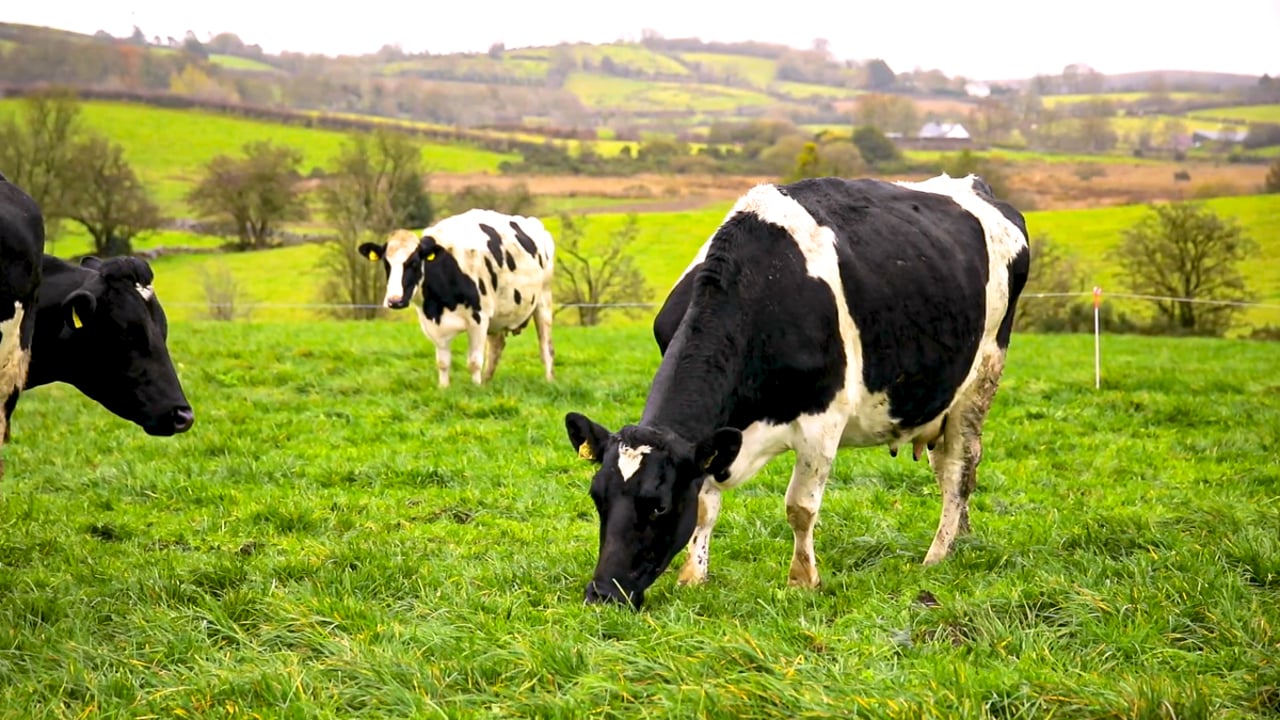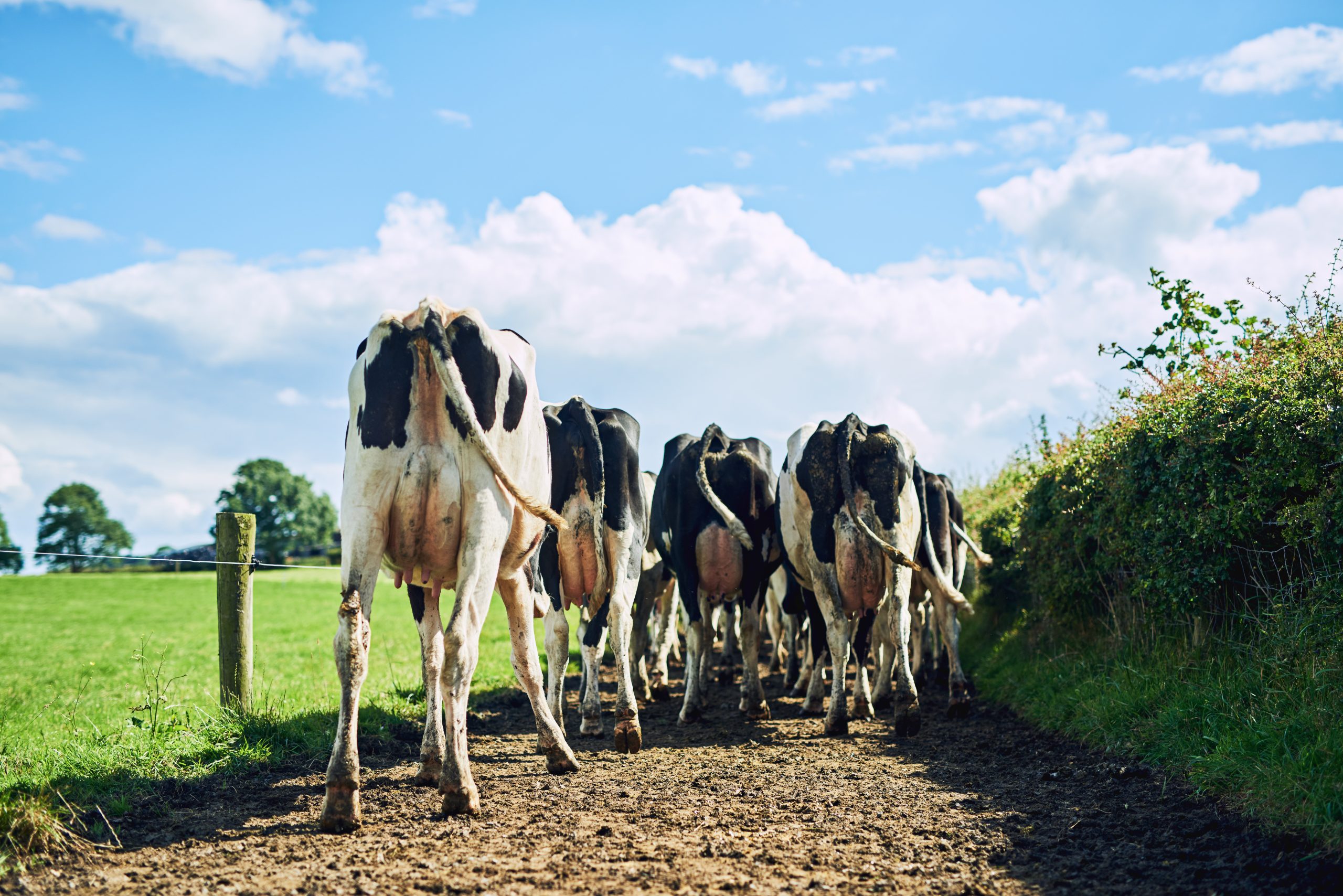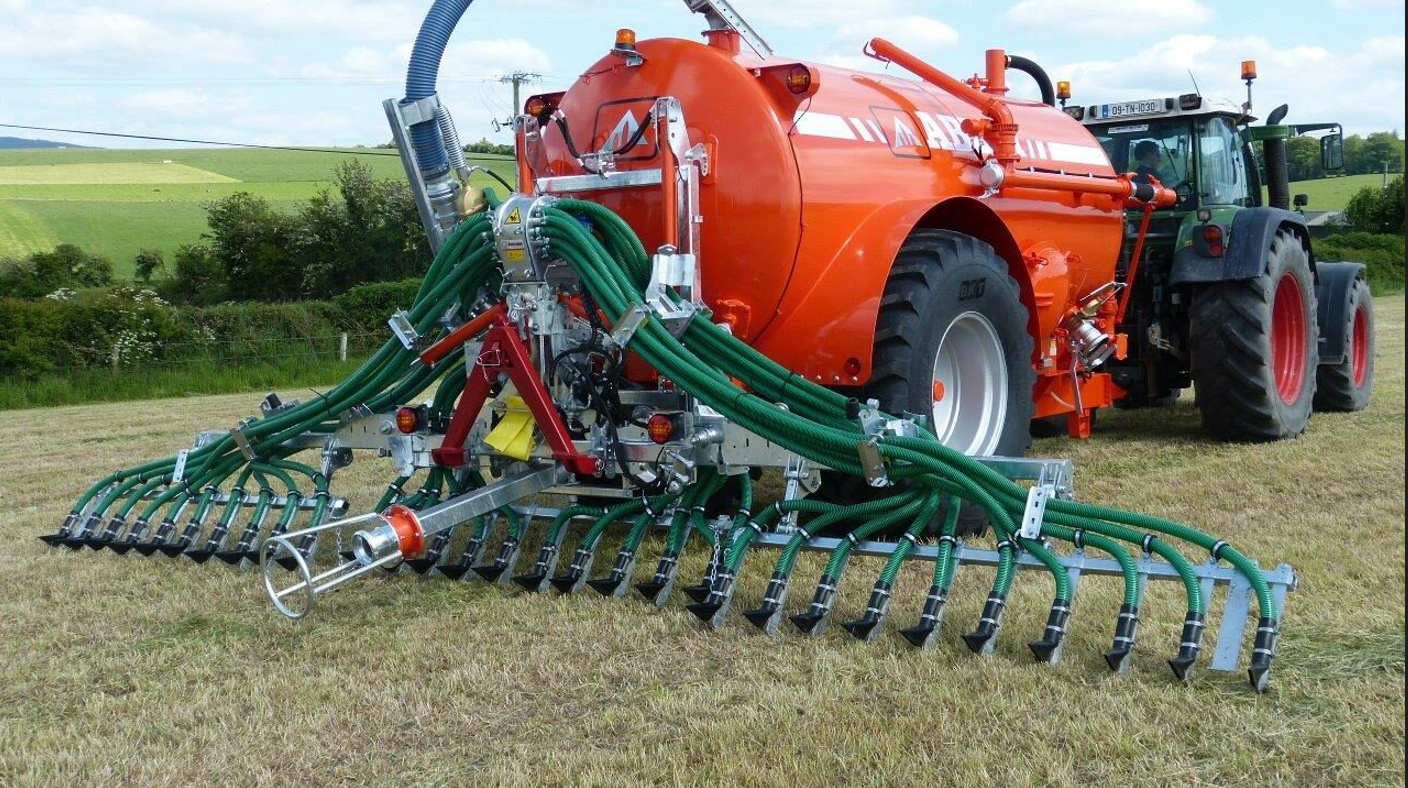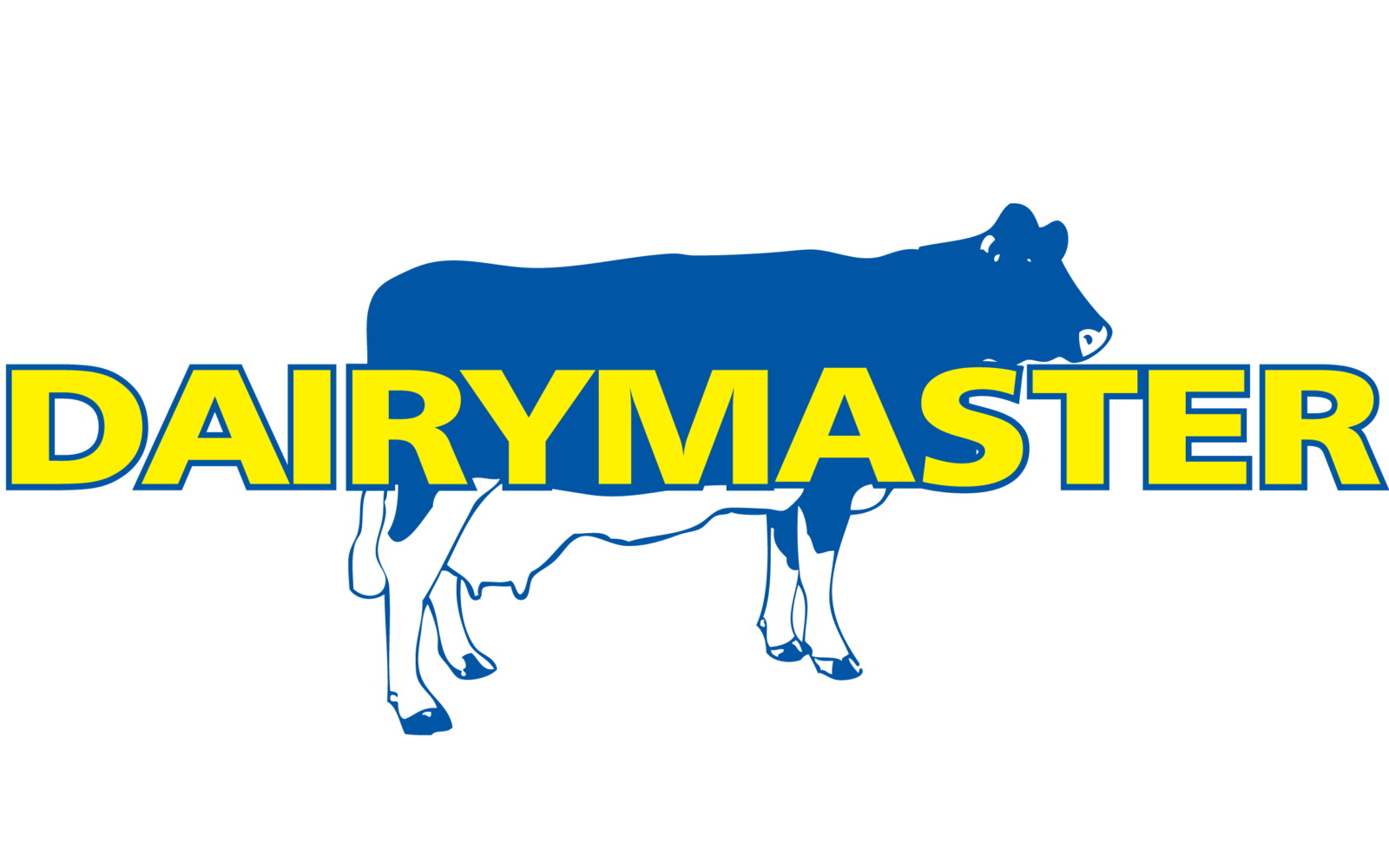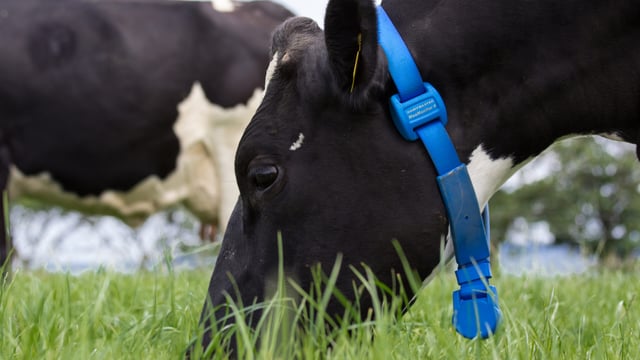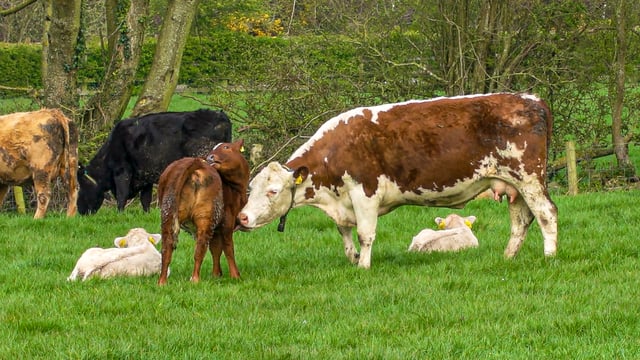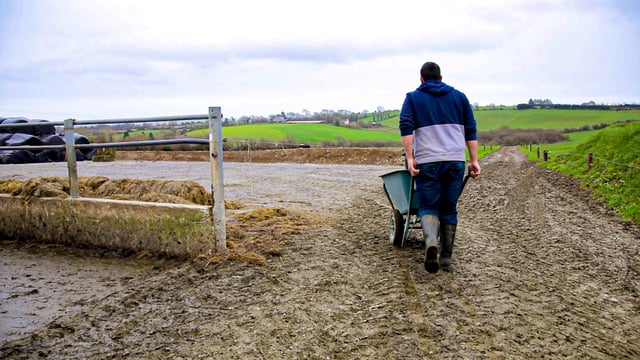'Fragmented' dairy farms to potentially face chemical nitrogen cut
Dairy farms whose holdings are considered 'fragmented' could face a reduced chemical nitrogen allowance if manure-based nutrients are not evenly spread across the holding.
This is among a new set of potential rules and regulations that may form part of the next Nitrates Action Programme (NAP) to help secure the nitrates derogation.
A series of recommendations from the Nitrates Expert Group (NEG) have been officially proposed for consideration for Ireland's sixth NAP.
The NEG was established to provide scientific advice to the relevant ministers on measures to protect water quality and the environment against pollution from agricultural nutrients.
This group is chaired jointly by the Department of Housing, Local Government and Heritage, and the Department of Agriculture, Food and the Marine (DAFM); and comprises scientific experts from both departments, the Environmental Protection Agency (EPA) and Teagasc.
Dairy farms
The NEG is recommending that all measures currently in place in the fifth NAP be rolled over in the next programme, and is also recommending that a suite of new measures be included in a recently compiled document.
One of these is a requirement that nutrients should be more evenly spread out on fragmented farms, which, in the case of dairy farms, are defined as comprising the milking parlour, land adjacent to the milking parlour, and one or more 'out-blocks' of land that milking cows may not be able to walk to.
In this scenario, milking cows predominantly graze on the land that can be accessed by walking to and from the milking parlour.
As a result, these lands may receive a higher proportion of the farm’s livestock manure nitrogen while cows are at grass and/or in the form of slurry, due to their close proximity to the farmyard.
The NEG said that a lower chemical nitrogen allowance should be applied to dairy farmers who cannot demonstrate that livestock manure is being applied evenly across the holding.
Nitrates
The document said that the online slurry movement system should be expanded to allow farmers report movements to their own farm out-blocks.
The NEG also said that requiring farmers to know their nutrient balance at individual farm level should be a measure in the next NAP.
The document said that a farm gate nutrient balance is a way of assessing the overall nutrient status of a farm, by calculating the difference between the nutrients that come into the farm as inputs, against the nutrients that leave the farm as outputs, which may be in the form of crops, meat or dairy produce.
Different farming scenarios can result in different nutrient balance outcomes and hence differences in the level of risk of the loss of nutrients to water.
Understanding a farm’s nutrient balance will aid decision making linked to improving nutrient management on the farm and help ensure excessive surplus nutrients are not being applied or retained, the document said.
The NEG said that requiring farmers to know their nutrient balance should be mandatory for those who are in derogation.
On slurry and soiled water capacity, the group said that, if possible, the construction of additional storage should be supported through grant aid provided by DAFM.
To assist farmers who wish to invest, construction of new standalone manure storage facilities meeting certain conditions should be facilitated through an appropriate exemption in the planning and development regulations.
Grassland and arable crops
The recommendation paper also said that reductions in chemical nitrogen allowances can be applied for certain grassland farmers due to the benefits that can be achieved through the use of clover and low-emission slurry spreading (LESS).
However, the recommendations say that nutrient distribution and balances within farms would be of greater benefit than a chemical nitrogen allowance reduction.
For arable crops, the NEG said that a chemical nitrogen allowance reduction would have a significant negative economic impact, and therefore that the use of cover crops and amendments to measures relating to shallow-cultivation post-harvest should be included in the next NAP.
It is proposed that the shallow cultivation post-harvest requirement will no longer apply to crops harvested after the end of August, as the associated late cultivation is unlikely to result in creation of significant accumulation of green cover.
However, there should be a new mandatory requirement to shallow cultivate tillage land destined for sowing of winter cereals or beans. This would mean that land destined for winter oilseed rape would be the only land fully exempted under this measure going forward, the NEG said.
The timing of the application of nutrients to arable land should be restricted to align with crop demands.
With the exception of land destined for, or sown to, winter oilseed rape and other brassica crops, the application of organic fertilisers with high nitrogen content and highly available nitrogen forms should not be permitted on arable land post-harvest, the recommendations said.

